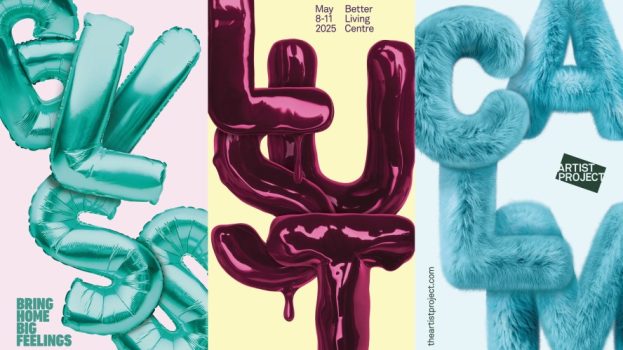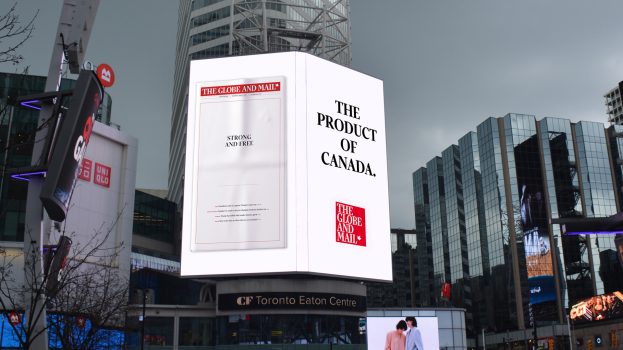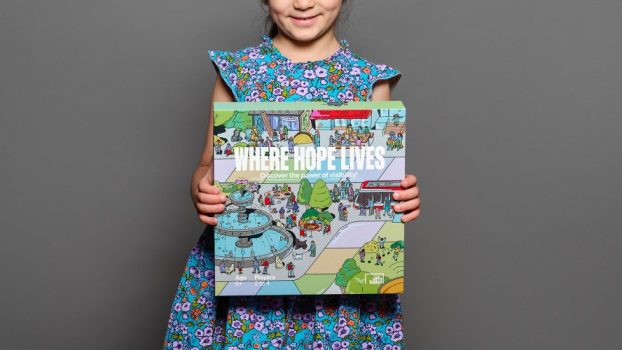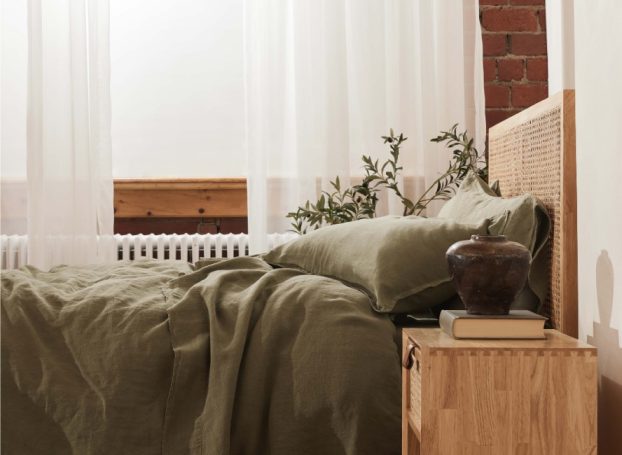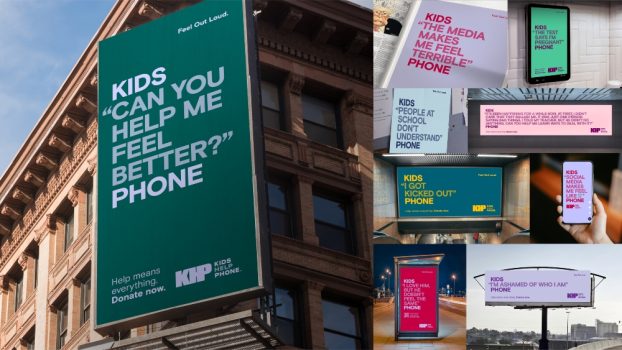The moment a consumer flicks off the TV or radio, throws down the newspaper and leaves the house, the out-of-home bombardment begins. Transit ads, billboards, flashing neon, ads on trailers, signs flapping behind planes in the sky.
‘There’s no choice anymore but to try to break through, consumers are too used to seeing advertising everywhere,’ says Mary Falbo, president of the Outdoor Marketing Association of Canada (OMAC) and president of the Canadian Outdoor Measurement Bureau (COMB). ‘When someone’s driving or walking by and they see something clever and say ‘Whoa, that’s cool,’ that’s what you want from your out-of-home campaigns. The ‘whoa-factor’ is very important.’
Finding a way to elicit that elusive response isn’t easy, but the payoff is more and stronger consumer impressions.
‘Creativity is critical,’ Falbo says. ‘People have a built-in filter. They’ll read exactly what they like, and sometimes that’s advertising. The consumer’s eye has been trained to travel to something out of the norm.’
Most marketers know this and try to take advantage of it, according to Doug Cherkeris, group VP at Toronto’s Media Buying Services (MBS), but he cautions that weird isn’t always wonderful.
‘Sure, the Mini on the wall and the Discovery Channel’s shark tank executions have the wow-factor, and these are strategic as well – but not all the others are,’ he explains. ‘Going for [wow] can be a dangerous game if you’re not careful, because it’s very expensive. Certainly, there’s an inclination to find breakthrough ideas, but you can’t lose sight of the strategy either.’
With that in mind, here are some recent examples of what Canadian marketers are doing to stand out from cluttered streetscapes without losing sight of the brand.
Labatt/Just For Laughs Comedy Festival, Montreal
Agency: Grip
Out-of-home partner: Astral Media
When the annual Montreal giggle-fest Just For Laughs rolled into Montreal this summer, sponsor Labatt wanted to find a way to integrate its Blue brand with the comedy festival’s little green mascot.
The idea was to create an image of the laughing imp unzipping himself to reveal his branded sudsy inner core: a bottle of Labatt Blue.
Over 70 2-D billboards depicting the beery mascot were erected all over the city, but Astral recommended that an additional 10 billboards in strategic locations, such as just off the highway and downtown, should be made of fiberglass so the JFL goblin is almost jumping off the board. Just for Laughs and Labatt heartily agreed with the 3-D suggestion.
‘Outdoor is a great complementary medium. It can be used on its own, but it’s most effective when you can create a multiple sighting of the brand – you see an ad on TV, then you walk outside and there’s this big fiberglass ad for it too,’ says Guy-Renaud Kirouac, marketing manager at Montreal’s Astral Media.
The billboards ran for three weeks starting at the beginning of July. By the time the festival came and went (it ran from July 10 to 20), over 1.7 million people had attended, an increase from last year’s attendance of 1.6 million.
Les Ailes de la Mode, Montreal
Agency: Cossette Communication-Marketing/Groupe San Francisco in-house
Out-of-home partner: Astral Media
As a kid walking by a boarded up construction zone, curiosity would always get the best of you. If you were lucky, mom or dad would prop you up so you could look through the hole in the plywood to see the gutted earth, the skeletal structure and most importantly, the bulldozers.
Well, that same insatiable snoopiness inspired Montreal’s Astral Media when it devised the outdoor media to launch the city’s swanky new department store, Les Ailes de la Mode (‘The wings of fashion’).
From July 17 until the store’s grand opening on Aug. 6, Astral replicated the construction zone boarding concept in its O-O-H advertising. It covered ground columns right on the sidewalk with real plywood advertising the launch countdown, complete with stenciled red spray paint messages and holes for curious pedestrians to peer through.
‘Some think a poster is just a poster,’ says Guy-Renaud Kirouac, marketing manager at Astral. ‘But it is the structure, the column or whatever, that can bring the ad to life.’
Discovery Channel (Shark Week), Toronto
Agency: Discovery in-house
Out-of-home partner: Viacom Outdoor
For the next month or so, commuters will have a fin or two to deal with as they wait for the bus, thanks to the sudden transformation of Toronto’s bus shelters into mini shark tanks. To promote Discovery Channel’s annual Shark Week (seven days of deadly undersea shows), Toronto-based Viacom Outdoor decided that instead of going with run-of-the-mill out-of-home, why not turn glass transit shelters into aquariums?
‘I remember we were in a meeting, just at the beginning stages of developing the campaign and the client wasn’t familiar with our transit shelter ads,’ explains Mimi Chan, Viacom’s creative director. ‘We had to come up with a unique way to pitch it, so we suggested the tanks, and Discovery loved the idea.’
‘It’s an effective execution whether you’re in a vehicle or walking; we’ve heard about tourists even standing in the shelters posing for pictures,’ adds Nick Arakgi, Viacom’s GM. ‘The lifeblood of this medium is being creative. It’s the only way to fight the clutter.’


